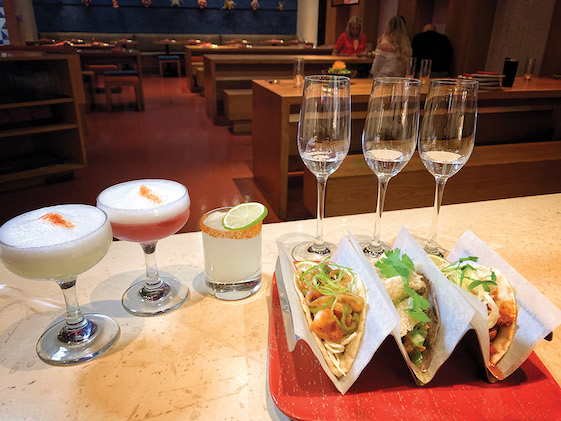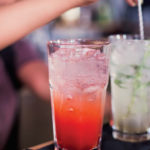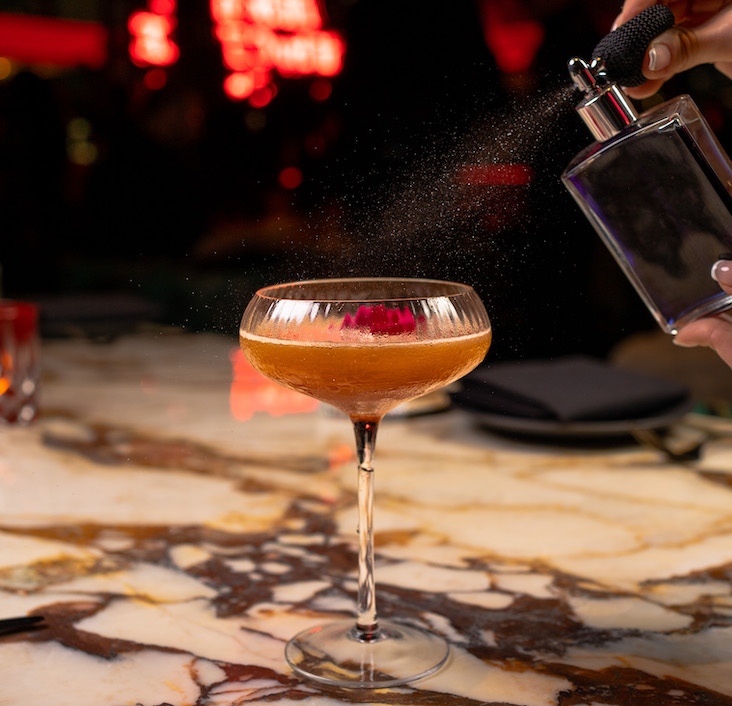Tequila remains red hot, with U.S. sales of the agave-based spirit projected to increase about 7% for 2019, according to the Beverage Information and Insights Group. That growth rate beat nearly every other spirit category.
Interest in tequila has prompted many consumers to expand into mezcal, as more people seek out authentic, quality products with a history.
As with several spirit categories today, premiumization has been driving tequila sales. Top-shelf expressions have become best sellers. “
It doesn’t hurt that the number-one selling brand in the category is Patron, which is either premium or superpremium, depending on how you categorize it,” says Jeff Feist. He’s a buyer for the retailer BevMo!, which counts more than 100 West Coast stores.
Customers today will pay higher prices for the tequila brands that they drink on a regular basis, Feist adds. “Premium tequila is no longer just for a special occasion.”
Expanding selections
China Poblano by Chef José Andrés, a Mexican/Chinese concept in The Cosmopolitan of Las Vegas, features various cocktails and dishes that call for tequila, as well as a staff that’s knowledgeable on the elixir.
It currently carries more than 100 bottles of agave spirits, “ranging from bigger producers with broad distribution power to smaller artisanal brands that are lesser known but make amazing expressions,” says Miguel Lancha, cocktail innovator for its Washington, D.C.-based parent company, José Andrés Think Food Group. As tequila and mezcal are key to Mexican culture and food, “the spirits are an important part of what we do.”
China Poblano was recently certified by the Tequila Regulatory Council of Mexico, making it the only restaurant in the city with the official certification, as well as one of just 43 in the U.S. The Consejo Regulador del Tequila (CRT) certified China Poblano as a “Distintivo T” (Distinctive T) establishment.
Venues certified under the program must meet various requirements. For example, Lancha says, at least 80% of the staff must be trained on tequila knowledge by the CRT. And to maintain this certification, qualified restaurants and bars are subject to twice-a-year inspections by CRT to confirm compliance.
This is important, as more customers become educated about tequila and mezcal, Lancha says. “Guests are asking for brands beyond the well-known name brands.”
Embracing mezcal
Tequila is naturally a popular option at Madre, a Oaxacan restaurant with two locations in the Los Angeles area. “But in the past two years, mezcal has taken over the tequila spirit, and we have noticed a decrease interest in tequila,” says owner Ivan Vasquez. “Consumers are more educated on agave spirits, and they are willing to try new spirits like mezcal.”
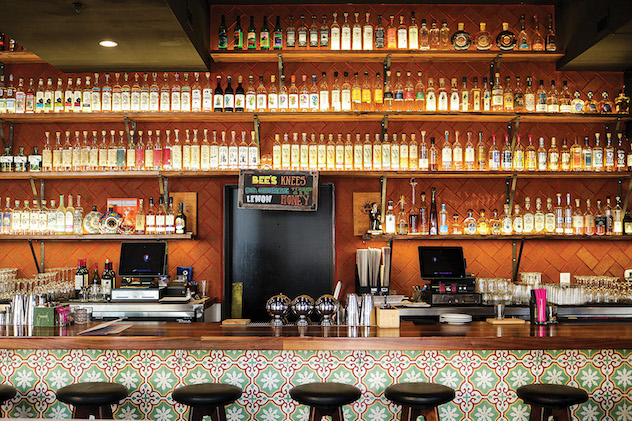
Madre currently carries 440 mezcals, including rare bottles from the restaurant’s private collection, plus the spirits sotol, raicilla and bacanora, Vasquez says. “We received the title for largest mezcal collection in the United States.”
Cocktail Kick
Mixology has certainly helped drive this premium tequila and mezcal boom, as has the health-conscious movement.
“We see consumers trying different cocktails, as well as tapping into agave-based spirits for a ‘healthier’ alternative to sugary mixed cocktails,” says Eric Dopkins, CEO of Milestone Brands, which is behind the flavored tequila line Dulce Vida. “The skinny Margaritas seem to be developing and gaining in both on-premise and off-premise consumption, as consumers seek less carbs and less calories.”
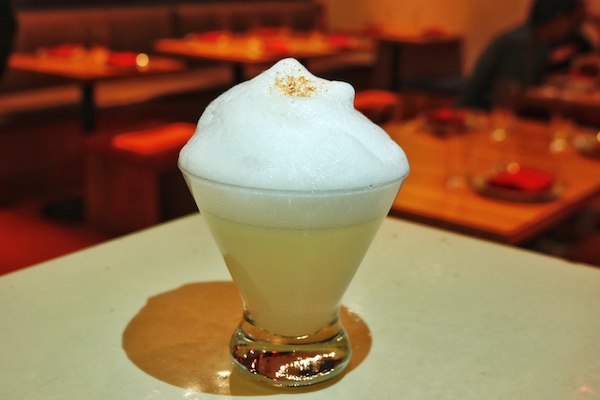
China Poblano’s most-popular cocktail is José’s Salt Air Margarita, featuring a silver tequila and a salt air foam.
Skinny or hefty, the Margarita remains the top cocktail in most surveys, including the Cheers/Beverage Information Group 2019 On-premise study. China Poblano’s most-popular cocktail is the company’s classic José’s Salt Air Margarita, featuring a silver tequila and a salt air, which evokes the ocean, Lancha says.
Creating cocktails with tequila or mezcal is “about understanding the spirits and flavor combinations that can make the spirit shine in a cocktail,” Lancha says. “Each spirit comes from a different region, so they have has a different taste and smell.”
Madre’s house Margarita, made with a reposado tequila and a house-made curaçao, is its best-selling cocktail, Vasquez says.
Another popular drink is the Chapo & Kate, created by mixologist Feisser Stone when he initially consulted for Madre. “It’s a bright and refreshing spicy cucumber cocktail with a tequila and prickly pear brandy base that is a beautiful shade of green and pleasing to the eye.”
One of Madre’s newest cocktails “that always seems to turn heads when we make it is the Cazuelita,” says Vasquez. It’s an homage to a drink found in and around Guadalajara that is traditionally made with tequila, fresh lime juice, fresh oranges, fresh grapefruit and topped off with Squirt grapefruit soda and garnished with slices of citrus.
Instead of using Squirt, “we formulated a ‘squirt syrup’ that wasn’t as sugary, fresh juices, and a choice of tequila or mezcal,” Vasquez says. “But the kicker is how it’s served—in a big clay mug specially made for our restaurant in Oaxaca and garnished with a citrus fan (grapefruit, lime, orange), one orchid, one pansy and finished with candied jicama made in-house.”
Vasquez tries to use primarily products from Mexico to create new cocktails with mezcal or tequila, “and I always want our consumers to notice the difference in flavors between a mezcal cocktail and a tequila cocktail.” Most of the cocktails at Madre are priced at $11.
Authenticity Matters
The level of consumer interest and experimentation that began with American craft whiskey has continued into tequila.
“Consumers are increasingly more interested in the ingredients and history behind their drinks, and are gravitating towards higher-end tequila as the availability of quality options continues to grow,” explains Christina Choi, senior vice president of tequila for Diageo North America.
Now that everybody carries a smartphone, there is no hiding the facts behind a brand. Tequilas can no longer conceal their ingredients or distilleries, as an educated and curious consumer can check immediately.
“A lot of connoisseurs will notice if a tequila’s denomination [of origin] number is off,” says Mike Moreno of Moreno’s Liquors, a Chicago destination store that boasts more than 700 varieties of tequila, and nearly 500 types of mezcal.
“Some companies will change distillery to save money, which can negatively impact the flavor profiles,” Moreno continues. “So people really want to know now where their tequila comes from, the same way that a whiskey drinker today will want to know what company is behind something like Eagle Rare.”
Blanco check
Consumers five years ago were more interested in añejo expressions, says Moreno. “Now it’s shifted more towards blancos,” as in the unaged, first tier of tequila, before reposado and añejo.
“I think people are trending towards tequila that showcases agave flavors, and are not as interested in the profiles of the barrel finishing,” Moreno adds. “Though you will always have people interested in the añejo and extra añejo. I don’t see that drastically slowing down, but I do see a blancos trending with a massive uptick.”

While Madre offers about 30 tequila brands—blancos, reposados, añejos and extra añejos, “we are trying to order just blancos and high-proof tequilas from now on,” Vasquez says.
“I think our agave consumers at Madre are at a different level, and they know if they want to sip a good tequila, we do have great choices,” he adds. They typically want high- proof tequilas, blancos or special-edition bottles. “Less and less we see people asking for extra añejos and añejos,” Vasquez notes.
That said, many brands have been focusing on innovation in the aged tequila segments.
Dulce Vida is experimenting with “versions of extra añejos with whiskey barrels, or wine barrels that all add flavorful alternatives to bourbons and whiskeys,” says Dopkins. For instance, it’s come out with a Dulce Vida 5-year Extra Añejo sipping tequila that was aged in Napa Valley cabernet barrels.
Diageo this past year released the limited-edition Tequila Don Julio Reposado Double Cask, “which features our traditional reposado finished for two weeks in casks which previously held Lagavulin Islay single malt Scotch whisky,” says Choi.
More companies have released cristalino variants, which filter the barrel color out of the spirit for a clear, aged product. This trend began in Mexico and has moved up north in recent years.
“We sell several cristalinos that are doing very well,” reports Feist of BevMo! “But it’s tough to get drinkers of authentic tequila into these products, because they believe that in stripping out the color, you’re also losing some of the flavor.”
Another issue is the price point, as these are still añejo-tier tequilas and typically priced from $49.99 to $59.99, Feist says. “It’s not like a new brand of tequila that can come out at $29.99 and be successful.”
Sustaining supply
As the tequila and mezcal segments continue to heat up, sustainability remains a concern, especially for mezcal. The more-rare agave varietals, which may also take longer to blossom, are not easy to farm sustainably, especially when mezcal demand spikes.
“A lot of the varietals that used to be easier to find are now a lot harder to track down,” Moreno says, such as tobaziche. “Preservation remains a hot topic because people are worried where a lot of these varieties are going to go.”
China Poblano’s Lancha agrees. “We are learning about other species of agave that are rare and hard to cultivate for this business,” he notes.
“There are many expressions that are extremely limited. It’s exciting to get your hands on them and share with your community; however, sustainability is a concern,” Lancha says. “Diversity is the key in making sure one agave variety doesn’t take the hit by themselves.”
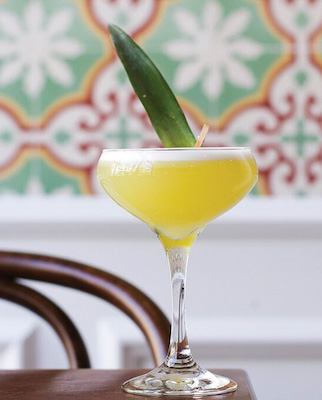
Experts also note the need for greater education in the mezcal category.
“Even though mezcal has been around for a while, the market still needs more education on it,” says Oniel Mendenhall, Jr., owner/president of the Fiesta Beverage Mart & Liquors chain of Houston. “Once there is a push for education, I believe it will transform from a trendy spirit to a mainstay.”
Lancha is amazed at consumer interest in agave spirits. He recently had a guest ask for a sotol, “which is technically not an agave—it’s a different family of plants—although culturally pertains to the region and style,” he notes.
“Another guest specifically asked for a small-batch mezcal that’s not a huge brand in the market,” Lancha adds. “We served the guest a tobalá [agave mezcal] from a small producer—it was a home-run!
The mezcal category “is fiercely growing in the bar community,” Lancha says. “It is a spirit that goes beyond the Espadín expression.”
As such, China Poblano is currently expanding its agave list. “There are some great, unique expressions coming out that we cannot wait to get our hands on,” Lancha says.
China Poblano hosts a Tequila and Mezcal Festival in March that highlights unique agave and food pairings. “We are also working on a few new cocktails for the spring/summer season,” says Lancha.
At Madre, Vasquez also aims to add to his list “and fight for the traditional mezcals, keep educating our consumers about agave spirits and show the world how to appreciate mezcal and agave distillates.”
In particular, Vasquez will seek more small-batch mezcals. “The smaller the batch of mezcal gets, the richer it gets.”

